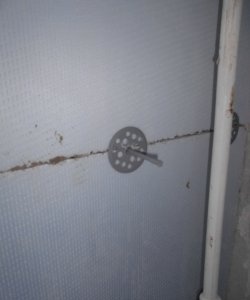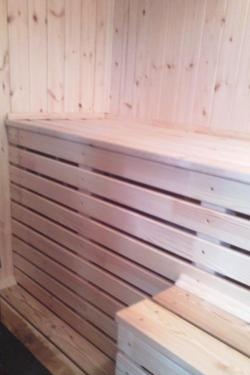The walls and roof were covered in a multi-layer method: vapor barrier, foil insulation “Izospan” (“Adgilin”, etc.) from 3 to 10 millimeters; 100 mm polystyrene foam; fiberboard sheet (painted with drying oil or impregnation). (photo 5, splash screen)
Hard-to-reach and corner places were covered with glass wool mats 50 millimeters thick. I carefully sealed all the cracks and joints between the foam with polyurethane foam.
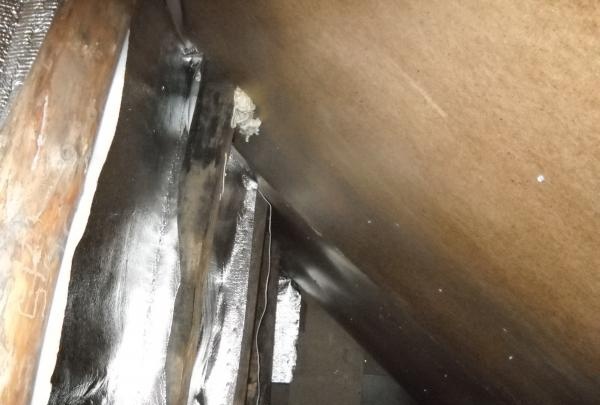
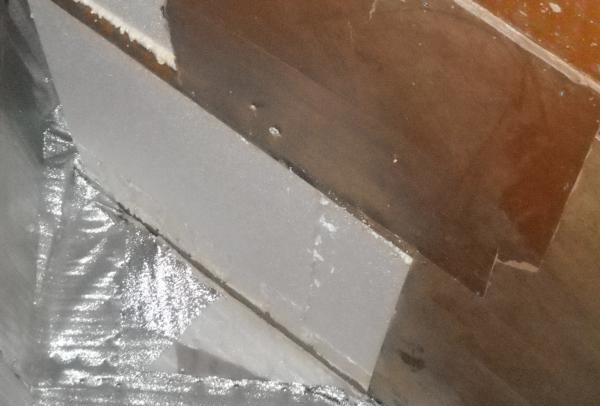
Even when I was insulating, I immediately noticed a significant increase in temperature in the “pockets” of the attic. The walls of the attic were covered with Izospan using a construction stapler.
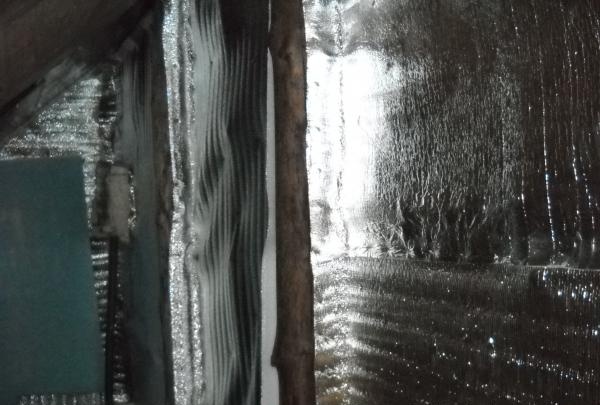
To heat the house, I used a Signal 10 water-heating gas boiler; it is of a stationary type and quite reliable, since its design does not contain electronic components.The heating area has increased by 50%, and although the heating of the boiler was, according to the passport, designed for a maximum of 150 square meters, with well-performed heat conservation measures, it will be possible to heat more than 200 square meters.
Accordingly, it was necessary to partially re-equip the heating system, replacing some elements. Since the temperature conditions of the boiler operation increased, due to the increase in the heated area, it was necessary to replace the riser of the heat-releasing line. The pipe material should be more reliable at high temperatures; instead of polypropylene, I prepared a one and a half meter metal pipeline with fittings for additional lines.
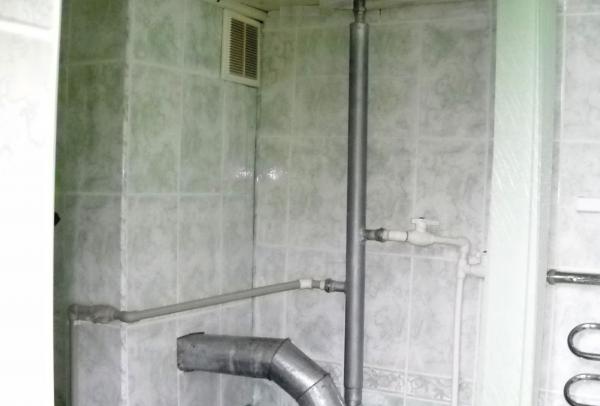
The branch for heating the attic, like the other two on the first floor, was equipped with shut-off valves; this is a very important aspect that allows regulating the flow of coolant.
The expansion tank was placed at the highest point in a pocket under the roof and also insulated with foil Izospan. All pipes located in the under-roof space were placed in foam rubber covers.
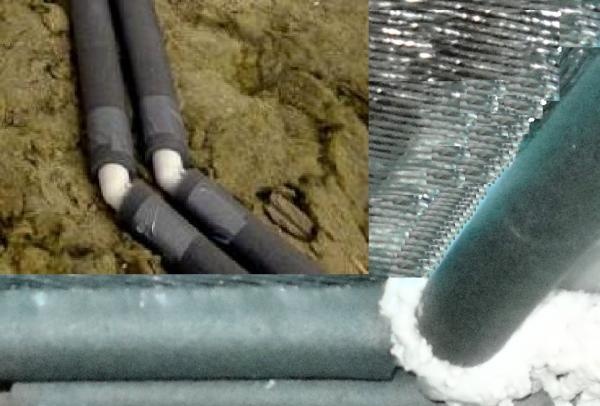
The multi-level heating system and the structural simplicity of the boiler require a pump with a water column pressure of up to 6 meters. The pump in such a system works almost constantly, it only switches to different performance levels. The pump is powered from a standard household electrical outlet, and the maximum power consumption is 50 watts. Consequently, a heating system with a circulation pump in a multi-storey building is not reliable in the event of an emergency power outage. A specialized backup power supply is relatively expensive, so I will offer a standard uninterruptible power supply for office equipment as a cheap alternative.Installation of the UPS to the heating pump is ensured by removing the plug at the output of the device and connecting the wires to the connector block on the pump. In the main time, in a normal situation, the pump operates from the central network. In practice, by using an uninterruptible power supply to power a pump with a rated power of 40-50 watts, you can achieve operation during an emergency disconnection from the household network for 6-8 hours, using a UPS with a power of only 1000-1200 watts. Usually this is enough, especially since the power can be turned on briefly for the pump to circulate water in the system. You can also connect a more complex mounted boiler to a backup source; its operating time when the mains voltage is turned off will be sufficient, since the boiler uses a similar pump, and the energy consumption for powering the electronic control unit and shut-off equipment will be negligible. The main thing is that the uninterruptible power supply will work effectively, preventing the boiler from going into emergency mode when disconnected from the power supply.
A set of these measures for room insulation and optimal heating will significantly preserve heat in your home and reduce the cost of gas consumption for heating.

